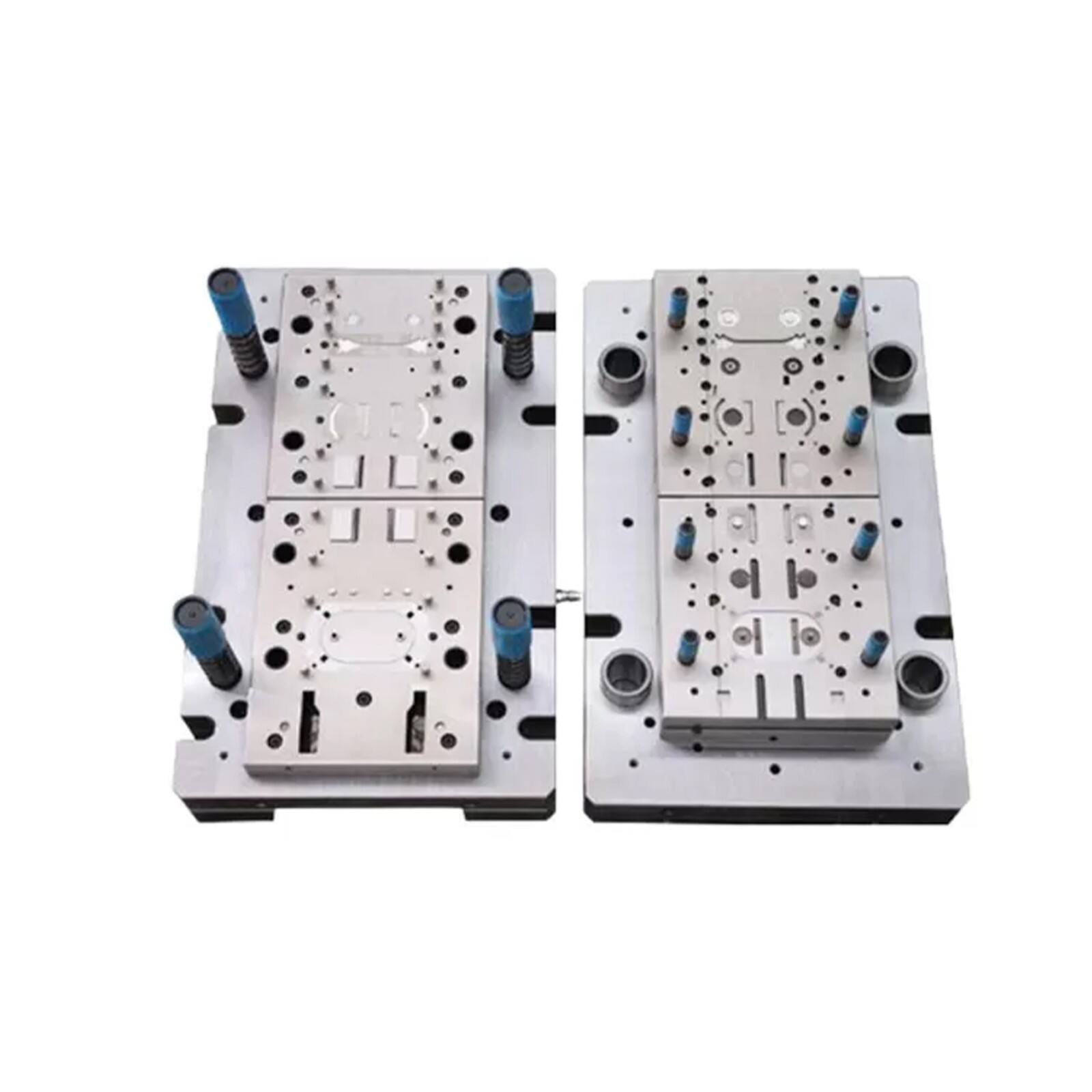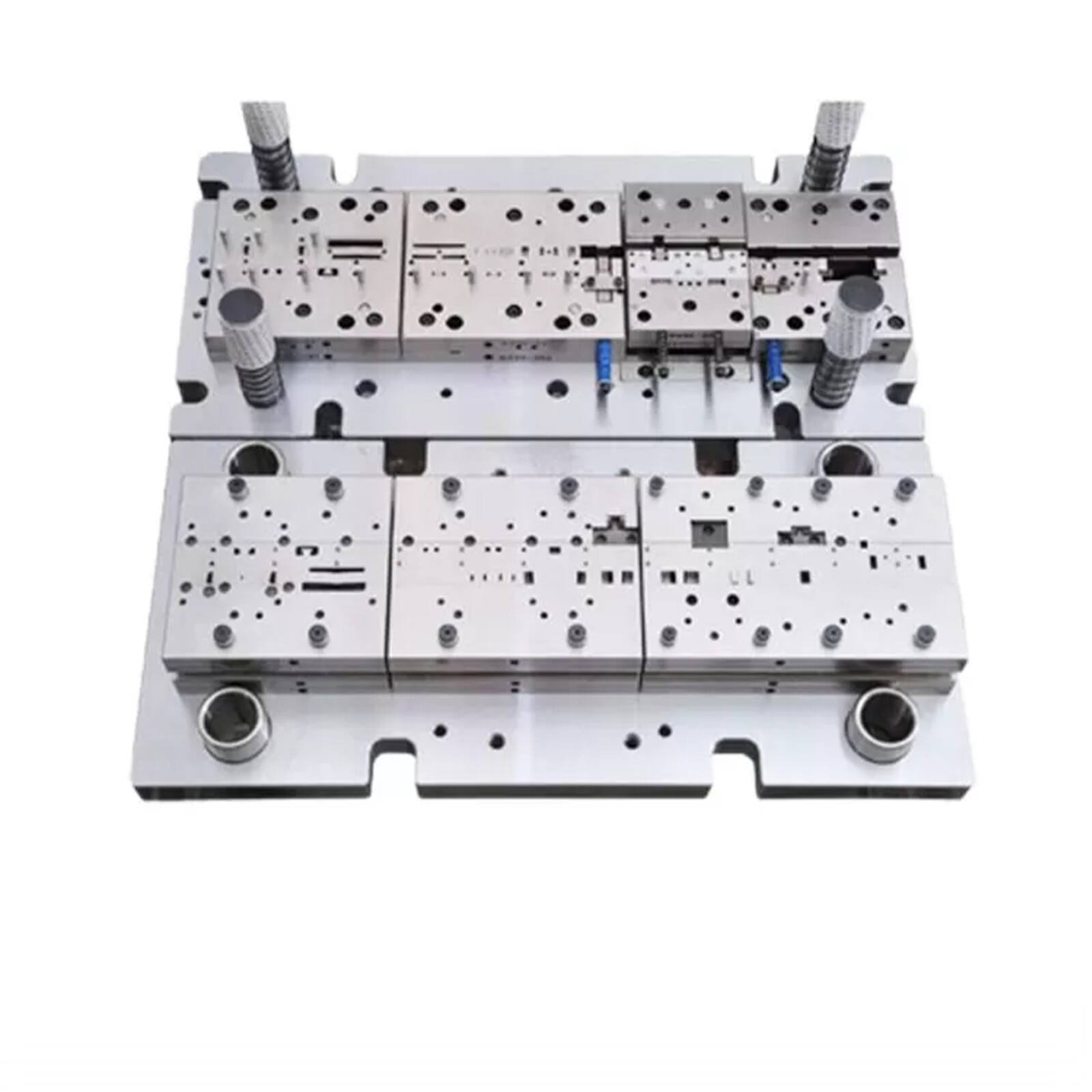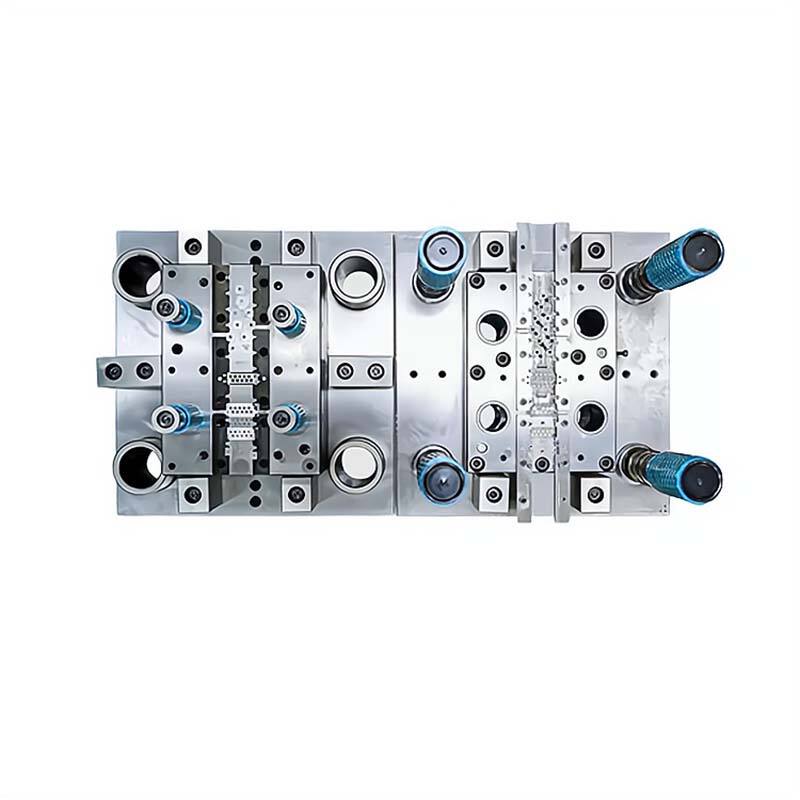Stamping molds, high-speed stamping molds, and personalized engineering molds play a crucial role in the manufacturing industry. The following is a detaile
Stamping molds
Stamping molds are specialized tools used in cold stamping to process materials into parts (or semi-finished products). According to the nature of the process, it can be divided into punching dies, bending dies, deep drawing dies, etc. When selecting stamping die materials, it is necessary to consider factors such as the working state of the mold, stress conditions, performance of the processed material, production batch size, and productivity.

High speed stamping mold
High speed stamping molds are suitable for efficient, high-precision, and complex shape processing. Its characteristic is fast work speed and the ability to complete a large amount of work in a short period of time. High speed stamping molds are commonly used in industries such as automobiles, electronics, and hardware, requiring mold materials to have high hardness, strength, and excellent wear resistance.

Personalized engineering molds
Personalized engineering molds are molds customized according to specific needs, with high flexibility and adaptability. This type of mold is widely used in the development, trial production, and small batch production stages of new products, especially in industries such as automobiles, home appliances, electronics, and healthcare. The manufacturing of personalized engineering molds requires high-precision design and processing to ensure product quality and production efficiency.
Hard alloy
Hard alloys are composed of metal carbides such as tungsten and cobalt, as well as binders, and have extremely high hardness and wear resistance. Due to its poor bending strength and toughness, it is more suitable for molds that require high wear resistance but low impact resistance. In stamping molds, hard alloys are commonly used to manufacture key working components such as convex and concave molds, especially when processing difficult to machine materials such as stainless steel and high carbon steel.

Steel bonded hard alloy
Steel bonded hard alloy combines the high hardness and wear resistance of hard alloy with the toughness and machinability of steel. The application of this material in stamping molds is becoming increasingly widespread, especially in situations where both wear resistance and toughness need to be considered simultaneously. Steel bonded hard alloys can adjust their properties through heat treatment to adapt to different working conditions. Although its manufacturing cost is high, its longer service life and lower maintenance costs make it significantly advantageous in certain applications.

Selection principle
When selecting stamping die materials, the following principles should be followed:
Production batch: For large-scale production, mold steel with good wear resistance and high quality should be selected; Small batch production can appropriately relax requirements to reduce costs.
![]()
Performance of Stamped Materials: Considering factors such as material hardness and deformation resistance, select suitable mold steel.
The usage conditions of mold parts: Select appropriate materials based on the usage conditions of different components such as convex molds, concave molds, guide pillars, and sleeves.
Material performance: Consider factors such as the cold and hot processing performance, hardenability, and heat treatment deformation rate of the material.
Reduce production costs: Try to use materials with lower costs while meeting usage requirements.
Application of new materials: Pay attention to the development trends of new materials and consider their application prospects in mold manufacturing.
In short, selecting the appropriate stamping mold material is the key to ensuring the efficiency, high precision, and long service life of the mold. In practical applications, it is necessary to comprehensively consider multiple factors based on specific situations to select the most suitable material.




 ONLINE
ONLINE